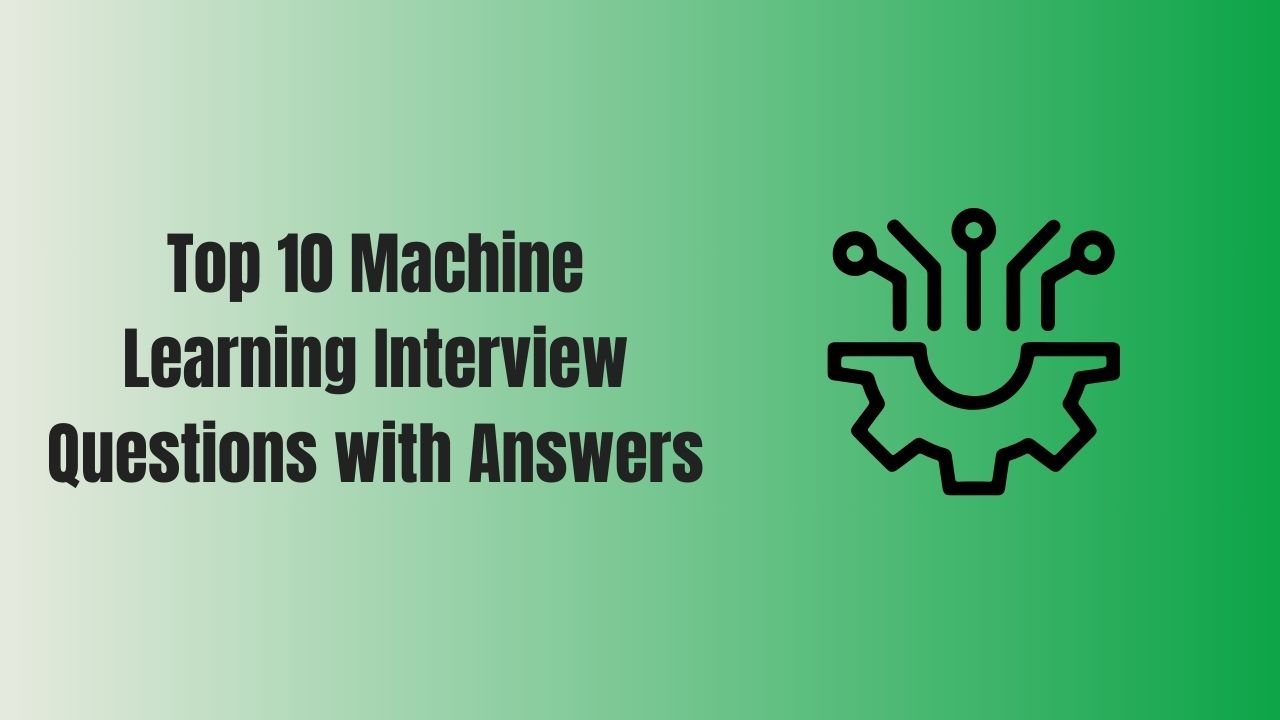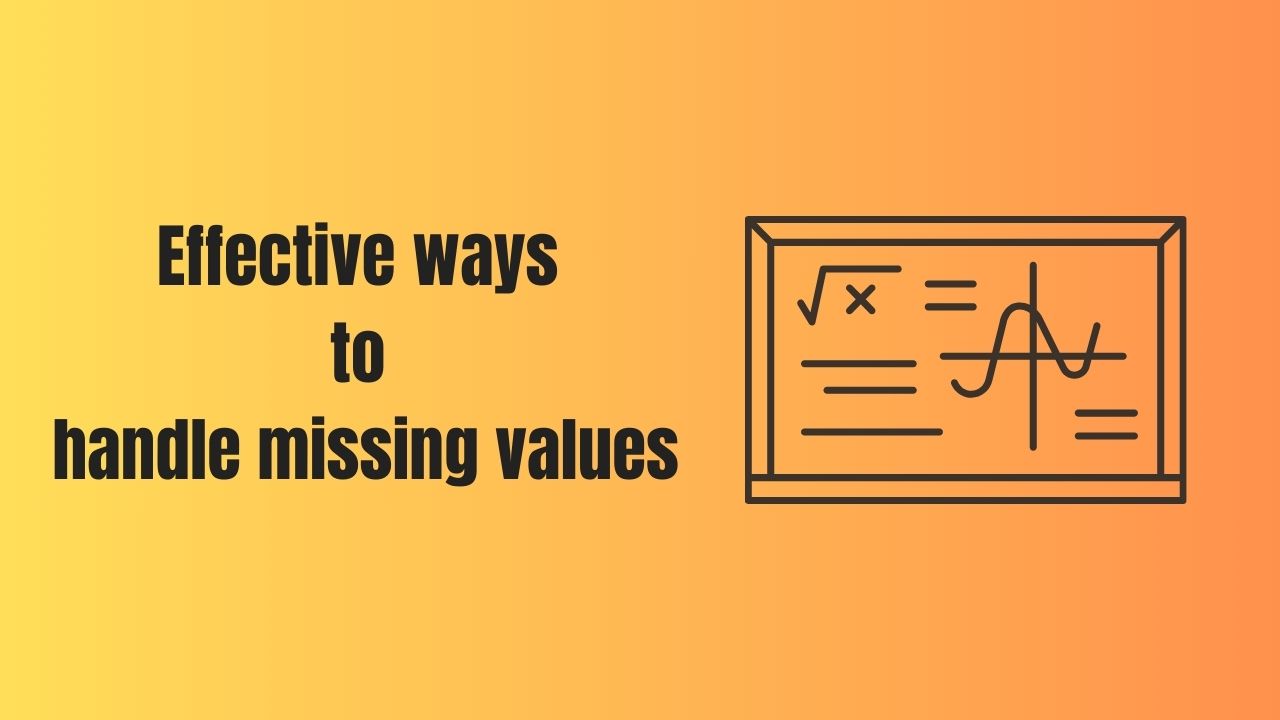Feature selection techniques in regression analysis aim to identify the most relevant and informative subset of features (variables) to improve model performance, reduce overfitting, and enhance interpretability. Here are five popular feature selection techniques for regression analysis:
- Recursive Feature Elimination (RFE): RFE is an iterative technique that starts with all features and gradually eliminates the least important ones. It involves training the model, calculating feature importance (coefficients or other metrics), and removing the least important feature in each iteration. This process continues until a predetermined number of features is reached or performance stabilizes.
- Lasso Regression (L1 Regularization): Lasso regression adds a penalty term to the loss function, forcing some regression coefficients to be exactly zero. As a result, it automatically performs feature selection by excluding less important features. The strength of the penalty is controlled by the regularization parameter, and features with coefficients close to zero are pruned from the model.
- Forward and Backward Selection: Forward selection starts with an empty model and iteratively adds the most significant feature in each step based on a chosen criterion (e.g., p-values, adjusted R-squared). Backward selection begins with all features and eliminates the least significant feature at each step. These methods can be computationally efficient but may not guarantee the optimal subset of features.
- Feature Importance from Tree-Based Models: Tree-based algorithms like Random Forest and Gradient Boosting provide feature importance scores that reflect the contribution of each feature to the model’s predictive performance. Features with higher importance scores are considered more influential and can be selected for the final model.
- Mutual Information: Mutual information measures the dependence between variables, capturing both linear and nonlinear relationships. It helps identify features that have strong associations with the target variable. By ranking features based on their mutual information scores with the target, you can select the top features for regression.
It’s essential to note that the effectiveness of these techniques depends on the specific dataset, the nature of the problem, and the goals of the analysis. Experimentation and validation are crucial to determine the best feature selection strategy for your regression analysis. Additionally, using domain knowledge and considering the context of the problem can guide you in selecting the most appropriate features for the model.





